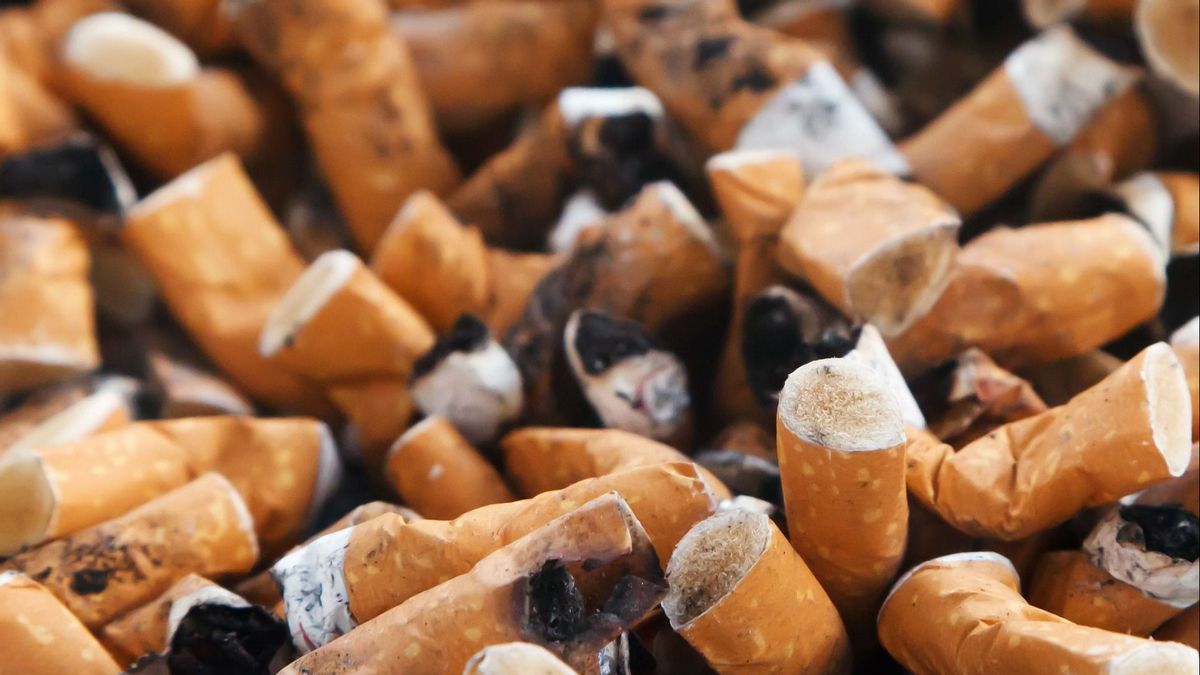JAKARTA - Chairman of the Indonesian Child Protection Agency (LPAI) Seto Mulyadi asked for derivative regulations from the Health Omnibus Law (UU) to protect children from exposure to cigarettes.
According to Seto, the Health Law that was just passed by the DPR in July 2023 does not reflect partiality to the protection of children's health from the dangers of smoking.
"Although the contents do not reflect partiality to child protection, we hope that there will be derivative regulations such as government regulations, presidential decisions or ministerial regulations that protect children's health," Seto said in a virtual discussion witnessed in Jakarta, Thursday.
In the 2023 Health Law, the government requires public places to provide special places for smokers.
But on the other hand, public places are also often visited by children, for example, exhibition areas and cinemas.
Smoke Free Jakarta Community Coordinator Dollaris Riauaty Suhadi said regulations explain that one of the derivative rules implemented by the DKI Jakarta Provincial Government has not supported child protection from cigarette exposure.
According to Dollaris, Governor Regulation 148 of 2017 concerning Guidelines for the Implementation of Reclames has granted exceptions to restrictions on advertising and promotion of cigarettes in public places.
"Initially in Pergub 1 of 2014, cigarette advertisement billboards were completely prohibited indoors, but unfortunately Pergub 148 of 2017 turned out to be prohibited indoors, but allowed in places that are not visited under 18 years of age," said Dollaris.
SEE ALSO:
He considered that the exception could make the cigarette industry apply for other exceptions. In addition, the regulation is biased because it is difficult to limit areas that children do not enter, such as cinemas that can be visited by children, even those under the age of 13.
Data from the Ministry of Health shows that the number of children aged 10-19 years who smoked increased sharply from 7.2 percent in 2013 to 9.1 percent in 2018.
In fact, the age of the first smoking at most was 15-19 years of 52.1 percent, followed by those aged 10-14 years of 23.1 percent.
Cigarette advertisement media or billboards on television, radio, billboards, posters, and social media have a significant relationship with the status of smokers in children and adolescents.
The Smoke Free community noted that children and adolescents exposed to cigarette billboards have a 1.5 times greater chance of becoming smokers than those who are not exposed.
The English, Chinese, Japanese, Arabic, and French versions are automatically generated by the AI. So there may still be inaccuracies in translating, please always see Indonesian as our main language. (system supported by DigitalSiber.id)


















